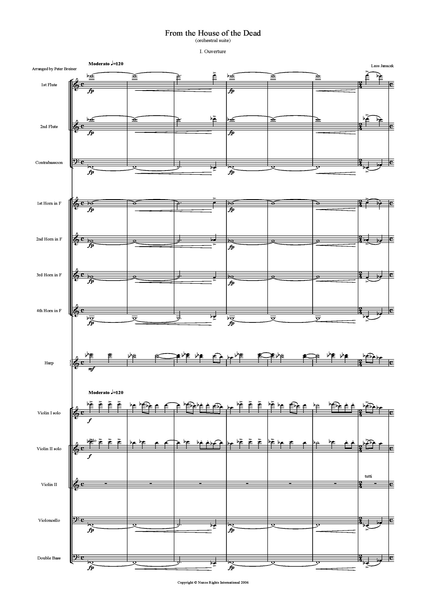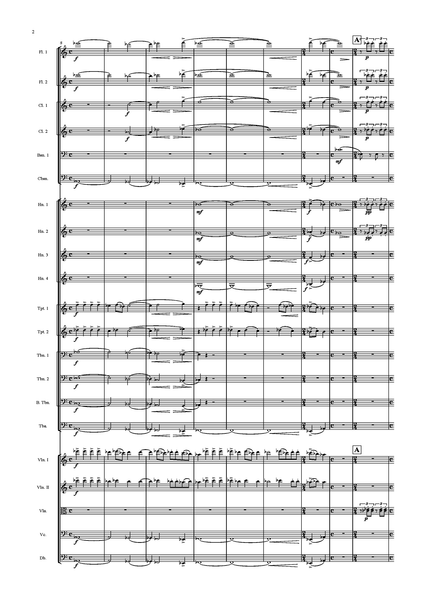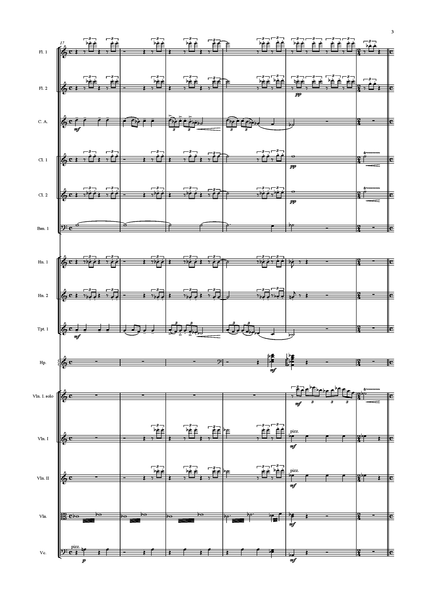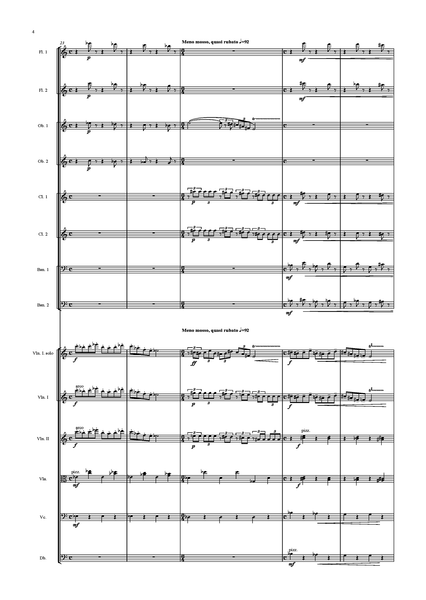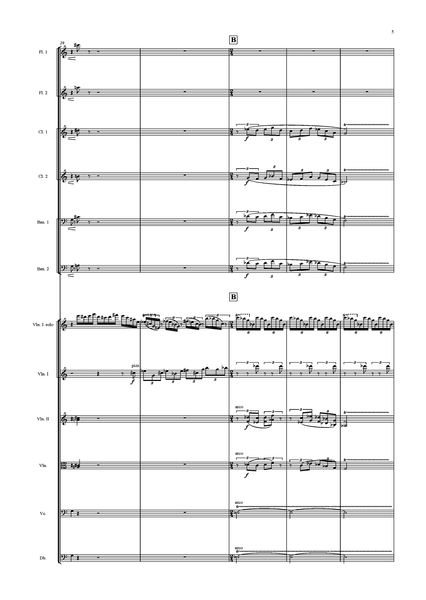Leoš Janáček: From The House of the Dead Suite – arranged by Peter Breiner (PB045)
Sheet music edition. Choose your format from the selection above.
152 pages
Duration: 35m
Instrumentation: 3+1, 2+1, 3, 2+1 - 4.3.3.1 - euph - timp + perc - str
Dostoevsky’s fictionalised account of his time in a remote Siberian prison shares with Těsnohlídek’s Cunning Little Vixen a preoccupation with freedom and mortality. In an ‘open letter’ from 12th February 1927 Janáček expressed his need to ‘go right to the truth’ in his next work. For a man who plundered his local newspaper for possible subjects for operas and song cycles, Janáček’s choice of Dostoevsky’s fictionalised account of his prison life in Siberia is not uncharacteristic. Dostoevsky was exiled there as a result of his involvement in a politically liberal organization and his subsequent memoirs are a precursor of reportage. The text itself is a mixture of vignettes, where no individual, even the prisoner Gorjančikov who arrives at the beginning of the drama, has centre stage. Not following a direct narrative line, this opera is markedly different from Janáček’s previous works; these are only representative scenes from a much larger drama. As with The Cunning Little Vixen, however, Janáček approaches this world with a richly symphonic language, more sparse than the bucolic romanticism of The Vixen, but equally redolent in its use of telling motifs and descriptive language.
The caustic sound world of Janáček’s final opera is immediately apparent in the bitter overture, which forms the first movement of the suite. Originally conceived as a violin concerto (and initially entitled ‘The pilgrimage of a little soul’), this strident opening theme, replete with the sounds of chains, is an immediate entry into the bleak world of the Siberian penal system. The second movement follows the music as the curtain rises, with the prisoners arriving from the barracks, washing and eating. Despite the cruelty of their situation (with the omnipresent sound of the chains), a rising ‘motto’ theme portends freedom (or at least some spiritual release). Again following the topic of liberty, the third movement is based around music in the second act, when the prisoners celebrate a religious feast. The jangle of bells and the dancing nature of the music create a dialogue with the unpleasant growl of the lower brass. The next two movements describe two important scenes in the drama, the first where a vindictive prisoner wounds a young tartar boy Alyeya, who is very dear to many of the prisoners. The second when the prisoners perform two plays on a makeshift stage, one called Kedril and Don Juan, the other The Miller’s Beautiful Wife. This ribald drama represents another false dawn of freedom for the prisoners, one of whom goes off with a prostitute after the festivities are finished. The last movement is based around the third and final act. Beginning with Alyeya’s recovery in the prison hospital, we hear a poignant exchange between him and Gorjančikov.While Alyeya recovers fully and Gorjančikov is released (mirrored in the flight of an eagle with a broken wing that the prisoners have been helping to heal), any sense of resolution is brief as the remaining inmates are ordered back to their work. As a final statement on the human condition, From the House of the Dead is a distinctly pessimistic contradiction of the glorious pantheistic message of The Cunning Little Vixen. Facing old age, and probably coming to the realisation that he was facing the end himself, Janáček was unwilling to leave behind a glib and clear-cut moral message.
Audio Sample






